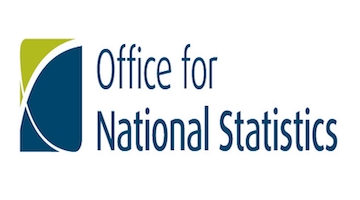
Inflation leaps to highest rate for over two years

Inflation has leapt to its highest rate for over two years.
The Office for National Statistics revealed this morning that The Consumer Prices Index increased by 1.2% in the year to November 2016, compared with a 0.9% rise in the year to October.
The rate in November was the highest since October 2014, when it was 1.3%.
The ONS report stated: “At that time, the rate was falling to subsequently remain at or around zero for much of 2015 before gradually picking up from the end of the year.
“The largest downward pull on inflation in November 2016 and for 2016 to date comes from prices for food and non-alcoholic beverages. Prices in all other broad categories rose in the year to November.
“This is the first time since mid-2014 that all non-food categories had an upward effect on inflation. Transport prices created a downward pressure during 2015 and early 2016 but have since become the largest upward pressure.”
Reaction to come.
Ben Brettell, senior economist, Hargreaves Lansdown, said: "October’s fall looked like a blip, and today’s figures mark a resumption of an upward trend. The Bank of England expects inflation to climb throughout next year, hitting 2.7%, and remaining above the 2% target until 2020. Other forecasters see a much sharper rise to as much as 4%.
"However, the effect of the weak pound, assuming it doesn’t fall much further, is a one-off factor which will fall out of the figures in due course. The longer-term picture is one of structurally low inflation – due in part to demographic reasons.
"Swap markets imply just a 27% chance of a UK (bank) rate rise by the end of 2017, and just a 3% chance they will be higher than 0.5%.
"Meanwhile across the Atlantic a rate rise is regarded as a near certainty when the Fed announces its decision tomorrow, with two further moves likely next year."
Rachel Springall, finance expert at Moneyfacts.co.uk, said: “Low interest rates and rising inflation will deter savers, particularly at a time of year when they can choose to spend rather than save, with almost a third of consumers planning to dip into their savings to cover the festive spend.
“It’s hard to imagine that just one year ago 67% of accounts in the savings market paid 1% or more, compared to only 34% doing so today, showing how cruel the past year alone has been on savers. Consumers will need to be savvier than ever when moving their cash to find the best possible returns.
"Splitting a pot between fixed rates and instant access, for instance, will give them a bit of flexibility and an opportunity to earn a higher rate."
Shilen Shah, bond strategist at Investec Wealth & Investment, said: “November’s inflation print was somewhat stronger than expected, with the annual CPI figure coming in at 1.2%, 0.1% higher than the consensus. The 2-year high in the CPI rate was largely caused by Sterling’s weakness and a higher oil price, with higher CPI prints likely in 2017. Given the upward pressure on inflation, the BoE’s move towards a more neutral policy stance is understandable given that it has indicated that its patience for inflation to overshoot the 2% CPI target is limited.”
Alistair Wilson, head of retail platform strategy at Zurich, said: “At a time of year when spending is already high as gift-shopping takes centre stage, rising inflation will only stretch family budgets further. Faced with price increases at supermarkets and at petrol pumps, it can be difficult to factor in our long-term finances.
“Nevertheless, in a time of economic volatility, it’s hugely important that saving patterns are adapted to mitigate against future rises and consistency is key."
